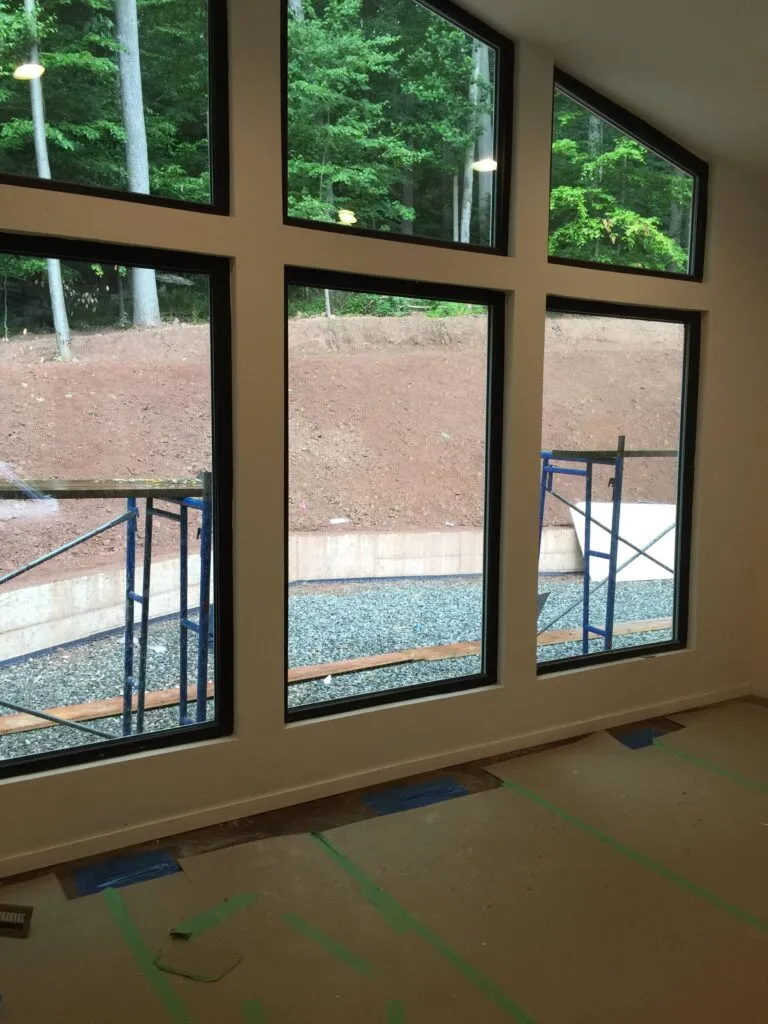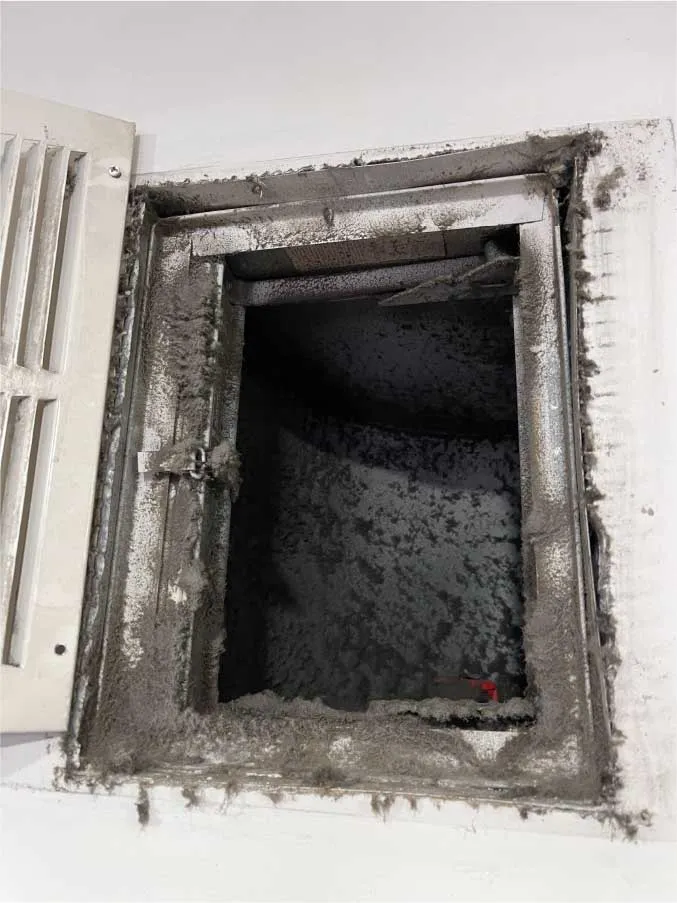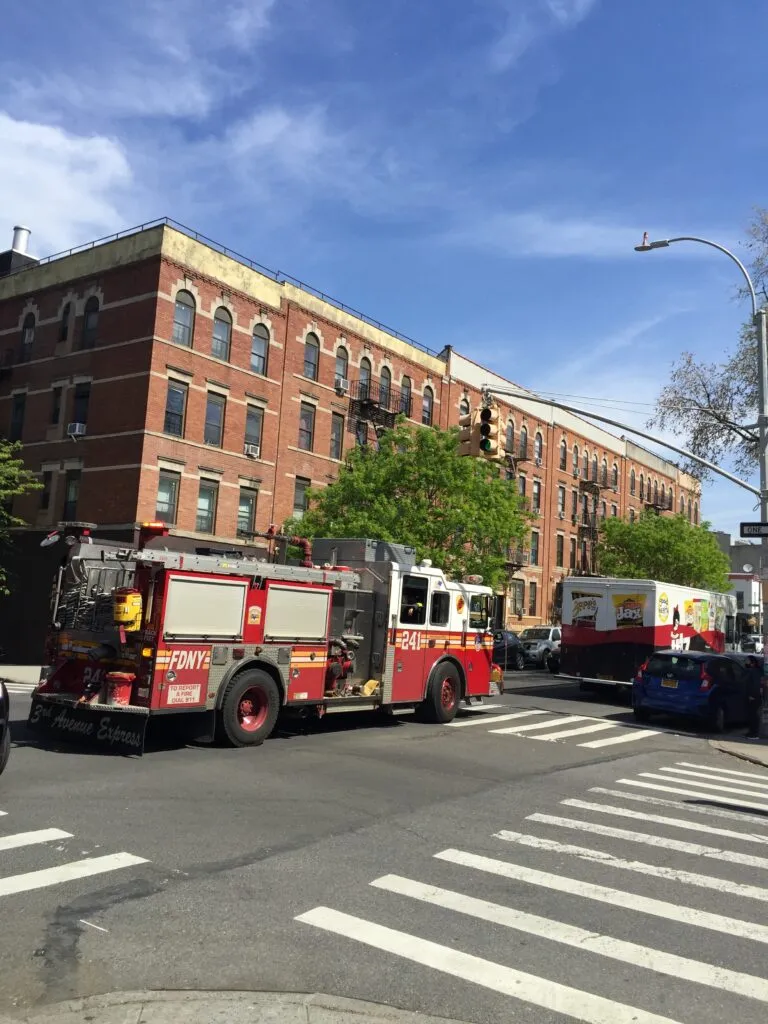Did some renovations so see The Dangers of Construction Dust in Your Home? Updated your bathroom or kitchen? Congratulations! But should you worry about dangers of construction dust now?
Often, our homes are filled with dust. Dust is made up of very small solid particles, is widely spread, and can move around in the air with ease. The term “fine dust” or “particulate matter” refers to dust particles that are smaller than 10 microns. Coarse dust is defined as any particle that is larger than 10 microns. Certain chemicals found in dust are associated with various diseases, including birth defects, immune and reproductive system dysfunction, cancer, increased vulnerability to illness, and neurological harm.
This means that we should stop ignoring dust accumulation in our homes as it can have a serious impact on our health.
Dangers of Construction Dust, Silica dust in home
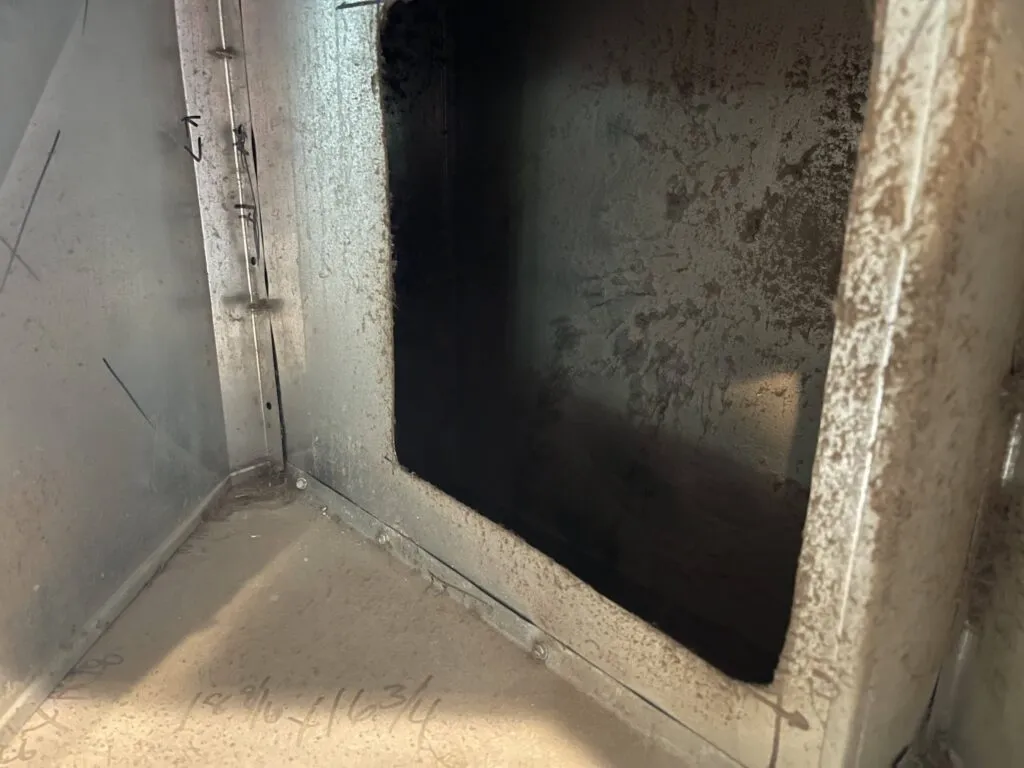
Now we come to a specific type of dust termed “construction dust”. Whenever materials are treated abrasively, such as when they are drilled, chiseled, sawed, or ground, construction dust is generated. Additionally, the dust can be circulated by wind blowing it up or by moving dusty material. A variety of chemicals are found in construction dust, which is extremely dangerous and can disrupt the natural biological processes of the human body.
Do you know that installing electrical cables and slitting bricks generates 37 POUNDS of dust each hour? Construction dust poses a serious threat to your lungs!
Construction Dust Types
Construction dust refers to natural minerals or mineral fibers created by humans that are produced during some construction jobs. Three varieties of construction dust exist:
- Wood Dust
- Silica Dust
- Non-Silica Dust
Silica Dust, Construction Debris in Air Ducts: A Threat to Human Lungs
Silica particles found in dust may cause short-term and even long-term respiratory problems if inhaled. It produces swelling (inflammation) in the lungs and, over time, results in sections of lung tissue that are damaged and hardened (fibrosis). Such damage impairs the functionality of lung tissue.
Inhaling silica dust particles may cause shortness of breath, mucus development, and coughing. These symptoms could get worse if the situation deteriorates further. Some people may gradually realize that basic tasks like walking and climbing have become difficult for them and may end up spending much of their time in their homes or beds. If the lungs fail to function adequately (respiratory failure) or if major complications arise, the condition may ultimately lead to death.
One such disease that silica dust causes is silicosis. Silicosis is a chronic lung condition brought on by the prolonged inhalation of crystalline silica dust.
Additionally, the dust may worsen existing medical conditions, including cardiovascular disease, allergies, and asthma, which necessitate long-term medication. Furthermore, mold and germs could develop inside the building if water penetrates through brick cracks, causing chronic allergy problems.
Is the Silica Dust in My Home a Problem?
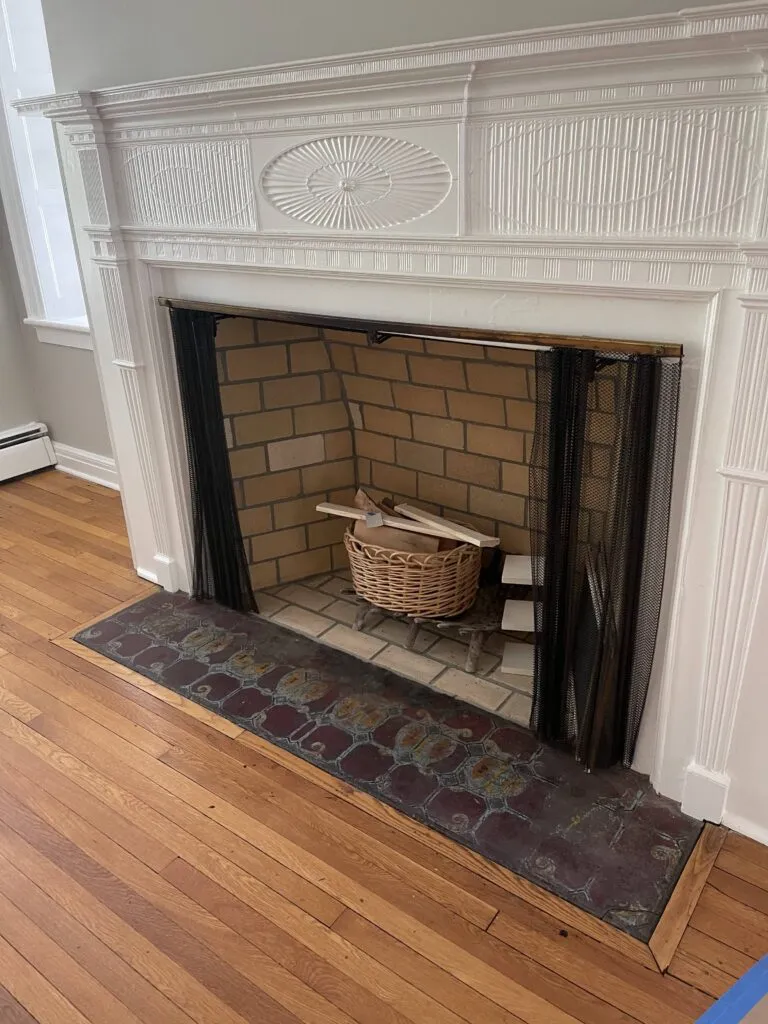
In your house, silica dust shouldn’t be a concern unless you are working on a renovation that could expose you to it. Because most health problems develop after years of exposure to silica dust, the likelihood of developing a major illness is low, but you should still be cautious.
Make sure that the contractor follows the necessary safety procedures when cutting, grinding, or sanding items that contain crystalline silica. There is minimal to no chance that you will be exposed to silica dust if the work is done safely.
Unless you perform cutting, drilling, grinding, or sanding on certain materials without the right ventilation, engineering controls, or procedures, house dust does not contain silica.
Construction Dust Hazards in the Home
- Health Issues
- Mold Growth
- Ineffective HVAC System
How to Clean Construction Dust from Your Home
- Ventilate
- Vacuum
- Examine and Replace the Air Filters
- Scrub Rough Surfaces
- Baseboards and Ledges
Construction Dust and Air Duct Cleaning
It is the builders’ responsibility to clean the ducts before new homeowners move in, but many do not. Inquire with your homeowner about air duct cleaning for the A/C units.If your homeowner hasn’t had air duct cleaning service used before you move in, you should contact an air duct cleaning company and get it done as soon as possible.
Many new homes have construction dust in air ducts, and ducts are filled with materials like drywall dust, plastic wrap, screws, plaster, and sawdust. A thorough air duct cleaning will eliminate all these pollutants from your air ducts and thus give you a dust-free environment for healthy breathing.
In addition, if renovation work has just begun in your home, you can request that the team work outside so that no contaminated dust particles generated by construction procedures enter your home and, eventually, your air ducts. If the staff is working while the furnace is working, you can also request them to closely cover the vents, but your ducts will need duct cleaning.
Renovation Leftovers
Not only new construction, but even minor home renovations can cause havoc with your ductwork. Shut off all the ducts before you begin a renovation project. This will reduce the quantity of dust that enters your vents, though it might not completely solve the issue.
It’s crucial to have air duct cleaning from a professional air duct cleaning company if you’re renovating an older house because lead paint and chemicals may be problematic. Take the necessary precautions both during and after construction, as breathing in those substances can be very deadly.
Precautionary Measures for Construction Work at Home
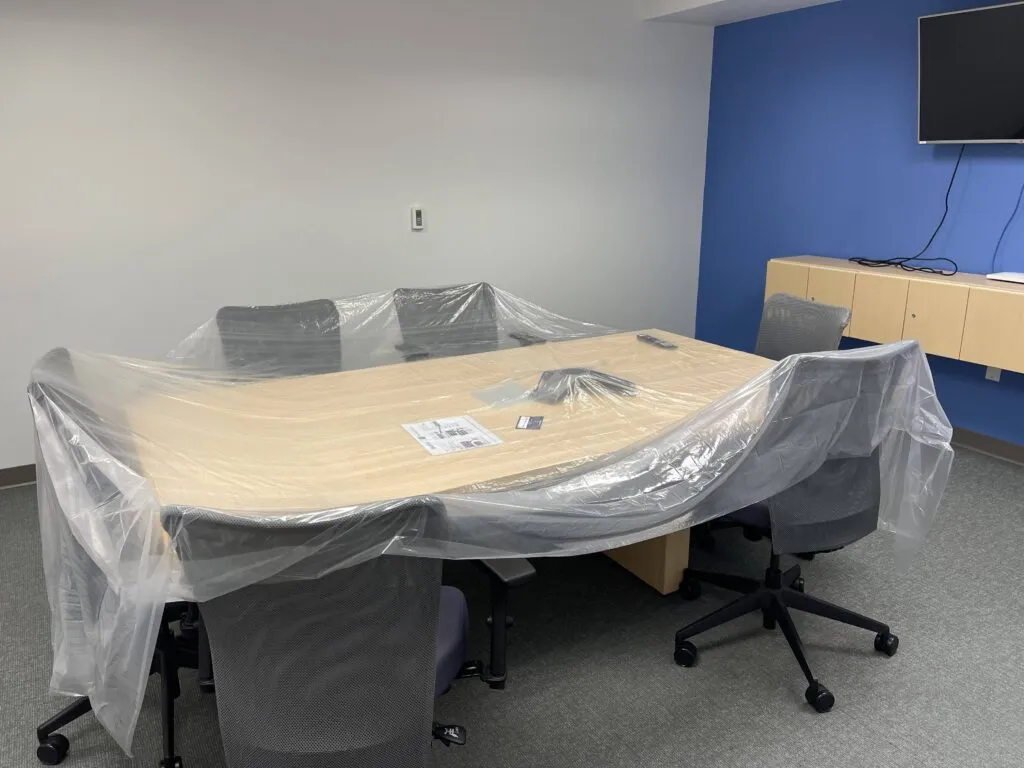
- Set The Work Area Apart
- Cover Your Furnishings and Other Finishes
- Protect the Ducts
- Daily Cleanup
Techniques to Control the Amount of Dust
If you reside on a high-traffic street, dust is more likely to be present. You will see more buildup as you go outside, but your indoor environment will also experience this. There are more areas for airborne particles to settle if you have a lot of trinkets and little objects.
Although it is more likely to be physically impossible to have a completely dust-free environment at home, you may decrease the amount of dust present indoors and your health will benefit as a result.
- Regular Dusting
- Usage of the HVAC Filtration System
- Vacuum Your Home
Final Thoughts

Essentially, dust is harmful to human health. The harmful chemicals present in dust particles affect human health. Similarly, chemicals present in construction dust can affect a person’s biological processes and lead to respiratory problems. If construction dust in air ducts remains for too long, it can encourage mold growth and affect your HVAC system’s performance and durability.
When you move into a new home, don’t forget to ask your homeowner about the air duct cleaning service for the HVAC systems in the home. If no air duct cleaning service has been done to the HVAC systems, then it is recommended that you contact a professional air duct cleaning company for thorough air duct cleaning of your HVAC system. Have a clean, breathable indoor environment by maintaining your air ducts regularly!
The Dangers of Construction Dust in Your Home
Take a look at our locations in New Jersey below and give us a call to begin work with the best ac vent cleaning company!
To schedule an appointment or if you have any questions, call our office today! You should now have a better idea of who is the best ac vent cleaning company in New Jersey!

